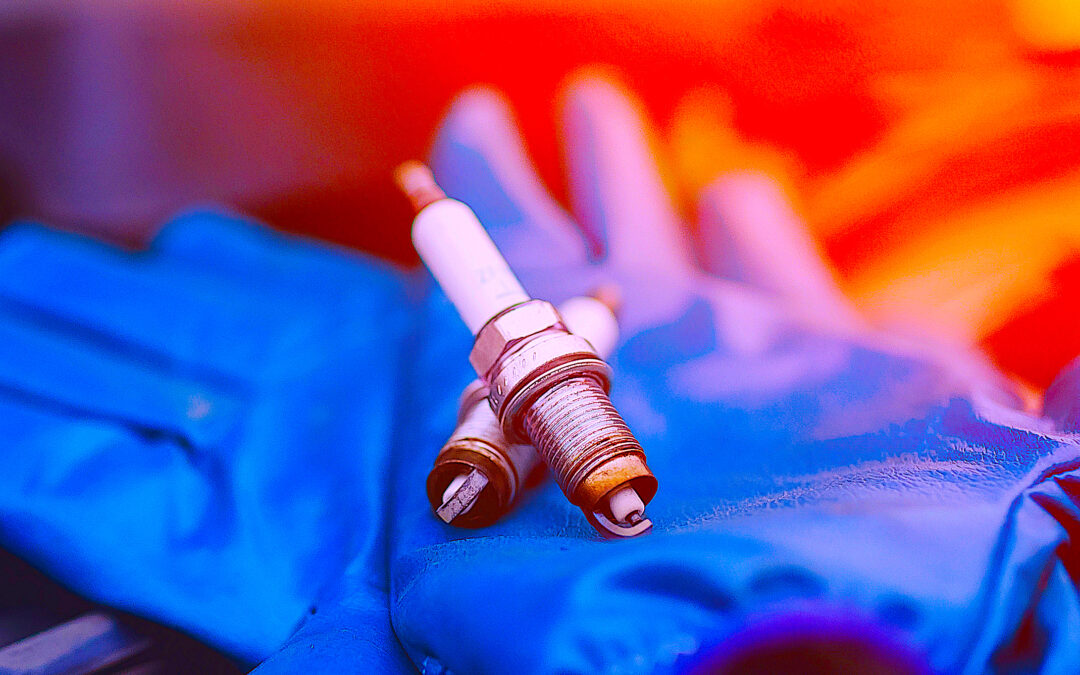The Interdependent Elements of Equipment Reliability
Bob Williamson, CMRP, CPMM, MIAM, EditorThe RAM Review www.theramreview.com Date of publication: Mar 7, 2021 and available online at: https://theramreview.com/the-interdependent-elements-of-equipment-reliability/ |

Making equipment reliable is more than an engineering project. More than precision maintenance. More than good data. And much more than many organizations consider at the onset. Reliability improvement requires many factors, elements, actions, and individual skill sets to come together and focus on specific results. Reliability out of the box just doesn’t happen. How business leaders grasp the interdependent elements of equipment reliability will dictate their success or failure.
Consider the full spectrum of reliability failure modes associated with a complex machine that incorporates thousands of moving parts, all interconnected to serve a final purpose. A single car, for example, has about 30,000 parts, counting everything, down to the smallest screws. Granted, not every part that fails will cause unreliability of the vehicle. But, the failure of even the smallest item can sometimes contribute to the eventual failure of another.
Early in my life, I worked as an auto mechanic, and taught automotive electrical and tune-up for a while in the 1970s. Cars and trucks were much simpler back then. Today, they’re much more complex - and much more reliable. Let’s look at one small part as a primary failure mode of our vehicles: the spark plug. A small assembly of nickel-steel, aluminum-oxide ceramic, copper alloys, and, in some cases, rare and precious metals, it’s just short of miraculous.
Spark plugs are exposed to high surface temperatures, sometimes up to 1,400 F, with a spark-gap temperature of more than 100,000 F for 1 millisecond, powered by 20,000 to 45,000 DC volts, at an average of 1,800 times per minute. This little workhorse has three, five, or seven others just like it to make a four-, six-, and eight-cylinder engine function properly.
In the 1960s, vehicle manufacturers recommended changing the spark plugs every 10,000 miles, along with a routine replacement of points and the condenser in the distributor. Today’s manufacturers recommend changing spark plugs every 20,000, 40,000, or even 100,000 miles. What happened?
Spark plugs became more reliable. Not by themselves, but as part of an interdependent solution to complex modern challenges. They were redesigned with new materials and methods to meet the demanding needs of new engines and ignition systems being manufactured by others, and new fuels blended for better performance, fuel mileage, and lower tailpipe emissions.
Think about your own car or truck. A spark plug is just one of some 30,000 parts in it. But, if this small item fails to perform as intended in the engine, the vehicle experiences a decline in performance and reliability. And if the spark plug is essentially ignored, the vehicle fails.
I use this spark-plug analogy to remind listeners/readers of the fact our industrial machinery and systems are rather complex mechanisms that require many talented individuals, with specific skill sets, to troubleshoot, maintain, and repair. Just as the components of modern machinery must all function interdependently to function reliably, so must the human components - plant and facility personnel - that operate and maintain the machinery.
Human interdependency in the workplace is called “teamwork.” And good teamwork requires decisive leadership to keep individual team members all working together, focused on common goals. The more complex the failure modes of machinery, the more complex the human elements that seek to improve the machine’s reliability.
When you think about improving machine reliability, remember the spark plug. And don’t forget the equally important human counterpart: teamwork and leadership.
About the Author
Bob Williamson is a long-time contributor to the people-side of the world-class-maintenance and manufacturing body of knowledge across dozens of industry types. His background in maintenance, machine and tool design, and teaching has positioned his work with over 500 companies and plants, facilities, and equipment-oriented organizations. Contact him directly at 512-800-6031 or
Advertisement

